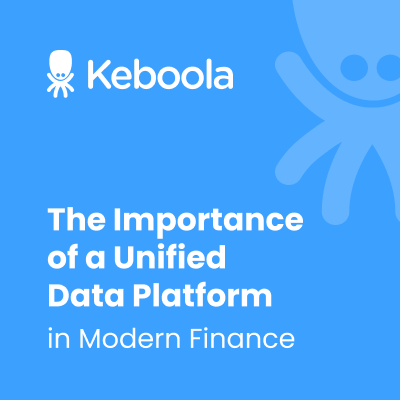What Is Automation Testing, and How Does It Fit into a QA Workflow?
If you work in Quality Assurance testing, you know that automated browser testing saves every tester from hours upon hours of manual test work. But exactly what is automation testing, and how does it fit into a typical QA workflow? We’ve got the full explanation for you in this straightforward guide on the basics of automation testing, how it can transform your QA process, and how to get started with test automation tools like Ghost Inspector.











